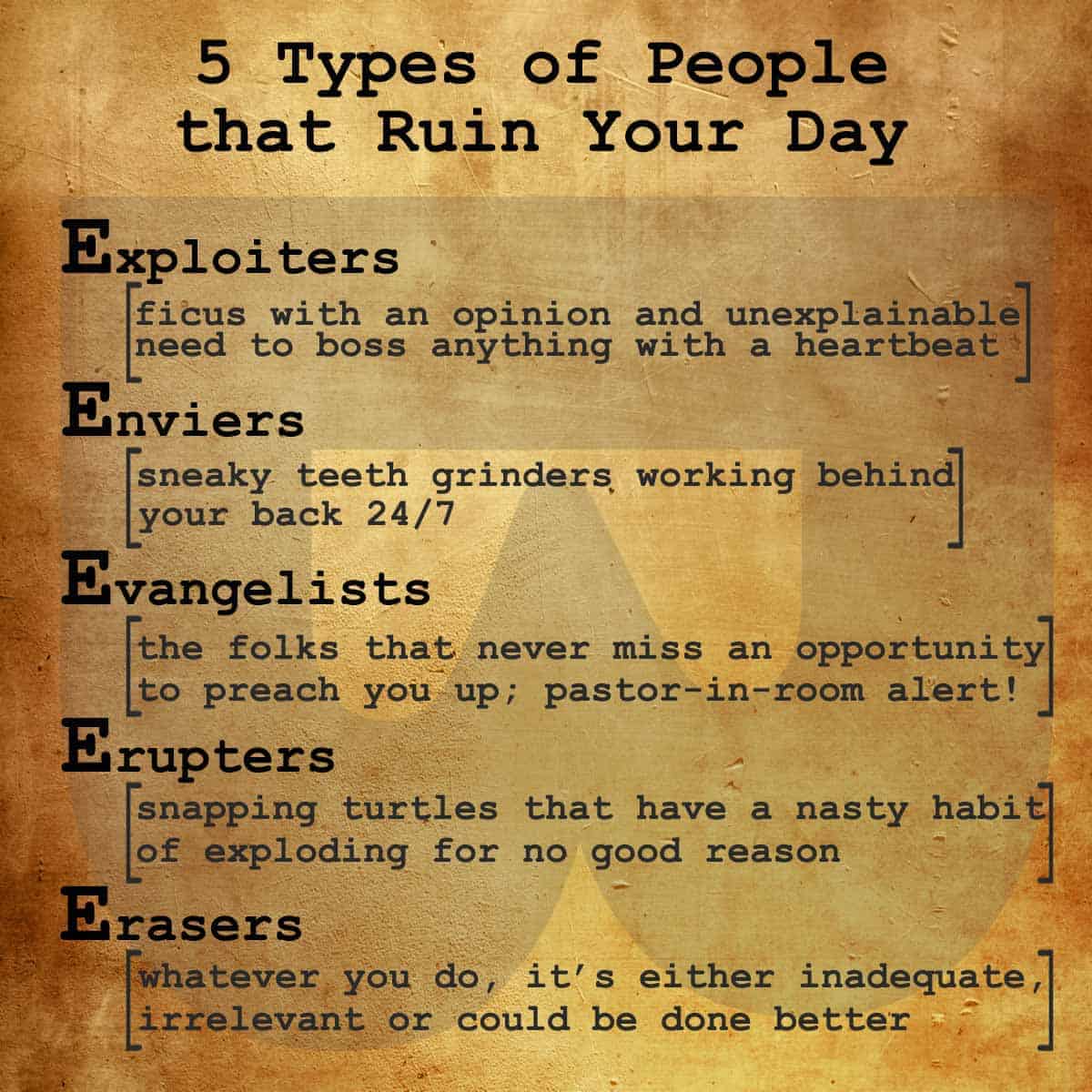On 28 January, 1986, at 11:39 a.m., space shuttle Challenger exploded a minute after the successful liftoff. Nobody could anticipate something like that to happen. But that meant nothing to 7 astronauts and their families and friends.
This is the retro video from 2014, showing the last moments of 7 brave men and women:
- Lt. Col. Ellison S. Onizuka of the Air Force; the pilot,
- Cmdr. Michael J. Smith of the Navy;
- Christa McAuliffe, a high school teacher;
- the mission commander, Francis R. Scobee;
- Gregory B. Jarvis;
- Ronald E. McNair; and
- Judith A. Resnik.
We’ve all seen it live when it happened. Nobody could believe what we were looking at. When you put it in retrospective and remove the technology, what we have all witnessed was the 1 minute countdown to death.
The logical question emerged: is it worth of human lives?
While many will argue that it’s not, space exploration brought us the technology we are using right now. As for the space flights, unfortunately, Challenger crew and many others before them had to teach us how to do it safely.
We can only assume that space flights are similar to commercial flight industry where airliners are learning from one tragic accident to another. Challenger is a dark reminder of what can happen if you don’t check everything to the smallest details and you disregard the warnings.
Richard Feynman explained exactly what went wrong in this short demonstration of the famous O-ring and cold water.
<iframe width="420" height="315" src="https://www.youtube.com/embed/6Rwcbsn19c0" frameborder="0" allowfullscreen></iframe>
As you could see in the Challenger video, Engineers from the company that manufactured the rockets gave a warning about the cold-weather risk the night before the Challenger took off. “The recommendation was that we wait until it’s 54 degrees before we launch,” said Larry Mulloy, who was then a NASA project manager.
According to The Times, temperature prior to launch was around 20s.
It’s never wise to disregard the opinion expressed by the expert.
And in only few days from now, we have another dreadful anniversary. On 1 February, 2003, space shuttle Colombia disintegrated while re-entering the Earth’s atmosphere, killing the entire crew. Again, the same mistake was made when engineers were calculating the odds of safe return because, in case of Colombia, engineers had a clear view of falling debris.
Conclusion was that it wouldn’t affect the re-entering.
A piece of insulating foam detached from the main tank and damaged the left wing of the shuttle during the liftoff.
During the re-entering, high temperature, caused by the high velocity of the spacecraft and subsequent air resistance melted down the left wing from the inside, lighting the entire shuttle on fire. Few seconds later, fallen debris had been seen all over the Texas.
It marked the end of NASA’a space shuttle program.
The hot stone was passed to private companies, latest of which is Elon Musk’s SpaceX, the company with the vision to land the group of first astronauts on the surface of the Mars somewhere around 2025. It could mark the beginning of the next step in our space exploration and possible terraforming of the Mars.
But it took lives of many during the years of the space race, starting with the crews that flew on several Apollo missions. Total worldwide body count so far: 32 astronauts and 234 others.
One could argue that space program is claiming far less casualties than commercial airlines but that’s simply not comparable.
Challenger – The future of the space flights
Since it’s now in private hands, funding is the main obstacle. What keeps private contractors in business, are the lucrative contracts they are getting from NASA and those are mostly connected with re-supplying the ISS and sending new satellites in Earth’s orbit.
But there’s one advantage of privately held space companies. It’s the vision and hardcore determination of few to go where no one has gone before. Musk’s SpaceX already made a breakthrough when they recently successfully landed the very first reusable rocket booster.
And we all know what money and determination can do.
Without any doubt, we’ll live to see the first step in what will be the permanent “colony” or base on both Moon and Mars.
It cost us lives. But we have built our world and transformed this planet on account of casualties. With every accident and every war we fought, we learned something more and upgraded our species. We’ve reached so far that scientists are deciding whether or not we have entered in a new geological age of the Earth – Anthropocene.
I don’t think this species will ever stop. I only regret to not be around when the very first human being land on the planet beyond our Solar system. It will happen. It’s inevitable.








